Ben Jackson: Modernism- From the National Gallery of Art
de Young Museum of Fine Art
deyoung.famsf.org
50 Hagiwara Tea Garden Dr, San Francisco, CA
Saturday June 14, 2014
I have never seen the Herbst Special Exhibition Gallery at the de Young Museum feel so full and alive with so few pieces. Featuring works by figures such as Roy Lichtenstein, Robert Rauschenberg, Frank Stella, and more, Modernism displays a modest 46 selections of transformative post-war American art. Don’t be fooled: there is much to see. With both the San Francisco Museum of Modern Art and Washington’s National Gallery of Art under renovation, the de Young has become the cutting edge of American modern art.
In the wake of WWII, Barnett Newman famously asked “What are we going to paint”, and more importantly, “How are we going to paint it”? The National Gallery curator, Harry Cooper, describes color as the “keynote of the collection”, a fact evident as soon as you walk into the space. Belonging to Baltimore collectors Robert and Jane Meyerhoff, the sometimes calming, sometimes hectic masterworks mirror the personalities and unique tastes of their collectors. Each energetic piece on display commands its own space, pulling viewers in to examine their groundbreaking processes of application, pushing viewers away to fit their massive dimensions in a single frame of view, and rotating viewers around them to revel at their bright, heavy colors.
As soon as one turns the corner through a tunnel of informative wall texts, Hans Hoffman’s Autumn Gold (1957, image 1) jumps forth from the first wall visible: the painting that began and inspired the rest of the Meyerhoff’s collection emits what Cooper describes as an “optical buzz” and sets the stage for a fast paced, high energy exploration of post-war, American modern art. The expressive blocks of autumn colors set on an indefinite background of green or orange answer Newman’s question in a definite way: we don’t have to paint anything, but we can do it with purpose.
Stealing the north wall of the first large space were Ellsworth Kelly’s Orange Green and Jasper John’s Archive, two pieces as absolutely different as the two collectors’ tastes. Kelly’s giant, bright, clean geometric simplicity sits quietly in a silent state of maturity while John’s busy patchwork of political propaganda, messy silkscreens, and dark colors stir with the restlessness of rebellious youth. This vast difference in artistic trends, indicative of the entirety of the Modernism exhibit, allow the 46 pieces to interact with the space in a strange and exciting mixture of historical, contemporary, relevant, and dated dialog.
A temporary room in the center of the exhibit replaced the gallery-white walls with a dark grey color, perfectly chosen to bring the mood down for Barnett Newman’s series of 14 paintings titled The Stations of the Cross: Lema Sabachthani. The somber abstractions based around Christ’s cry from the cross, “Why have you forsaken me”, demonstrate Newman’s answer to his own question: by abstracting the historical and allegorical, the artist begins his own journey into this new era of artistic reasoning. While the muted, solemn series almost contradicts the restless, bright atmosphere of the rest of the room, Newman’s involvement with and influence upon modern American art gets its well-deserved space in the exhibit.
The cover image for the exhibit, Roy Lichtenstein’s monumental Painting with Statue of Liberty (1983, image 2), is, well, hard to miss. At almost 14 feet wide and 9 feet tall, this pioneering piece in regards to pop art follows visitors out, still visible even through the final sets of exit doors. Maybe I like giant things because I’m a guy, or maybe I’ve been conditioned to latch on to pop art through advertising and mass media, but regardless, Lichtenstein’s piece left the biggest (pun intended) impression on me.
Leaving the exhibit, three sculptures made of hardened and preserved mud in the shapes of intentional tire marks provide a final farewell before reentry into the post-modern. Robert Rauschenberg’s Tire Tracks (1976, image 3) continue the artist’s exploration of the visual and psychological dimensions of the temporal experience. Rauschenberg’s work, often merging the art of drawing, performances, process pieces, and physical documentation, narrows the gap between art and everyday life in a way all of these artists thematically explore.
As an American artist in a constantly changing world of global currents, the de Young’s Modernism From the National Gallery of Art: The Robert & Jane Meyerhoff Collection is a must see in the midst of a summer thirsty for modern art in an always important region. The show will run through October 12th and is open from 9:30 a.m.-5:15 p.m. Tuesdays through Sundays and can be found in San Francisco’s Golden Gate Park at the de Young Museum of Fine Art.
figure 1
figure 2
figure 3
